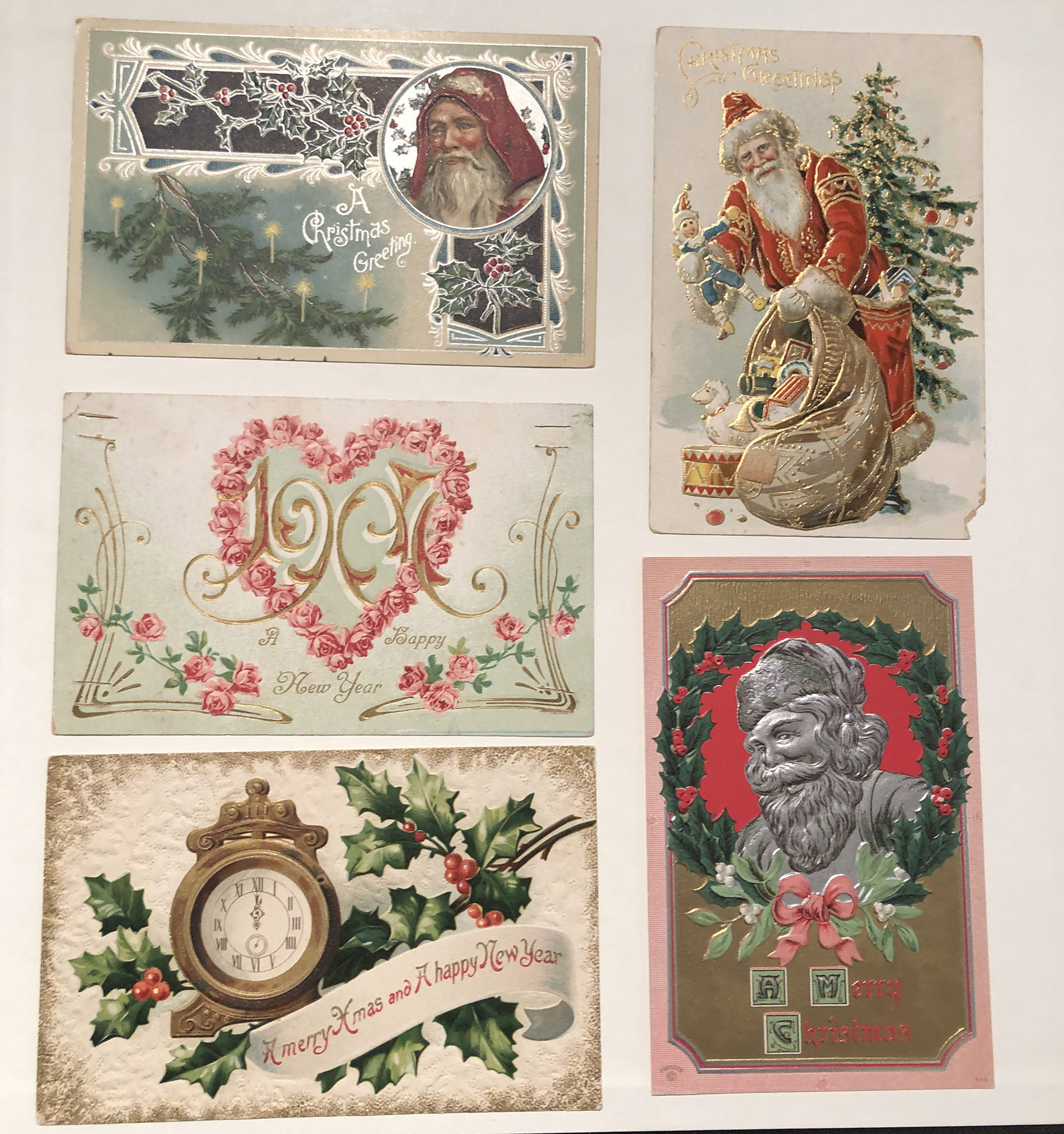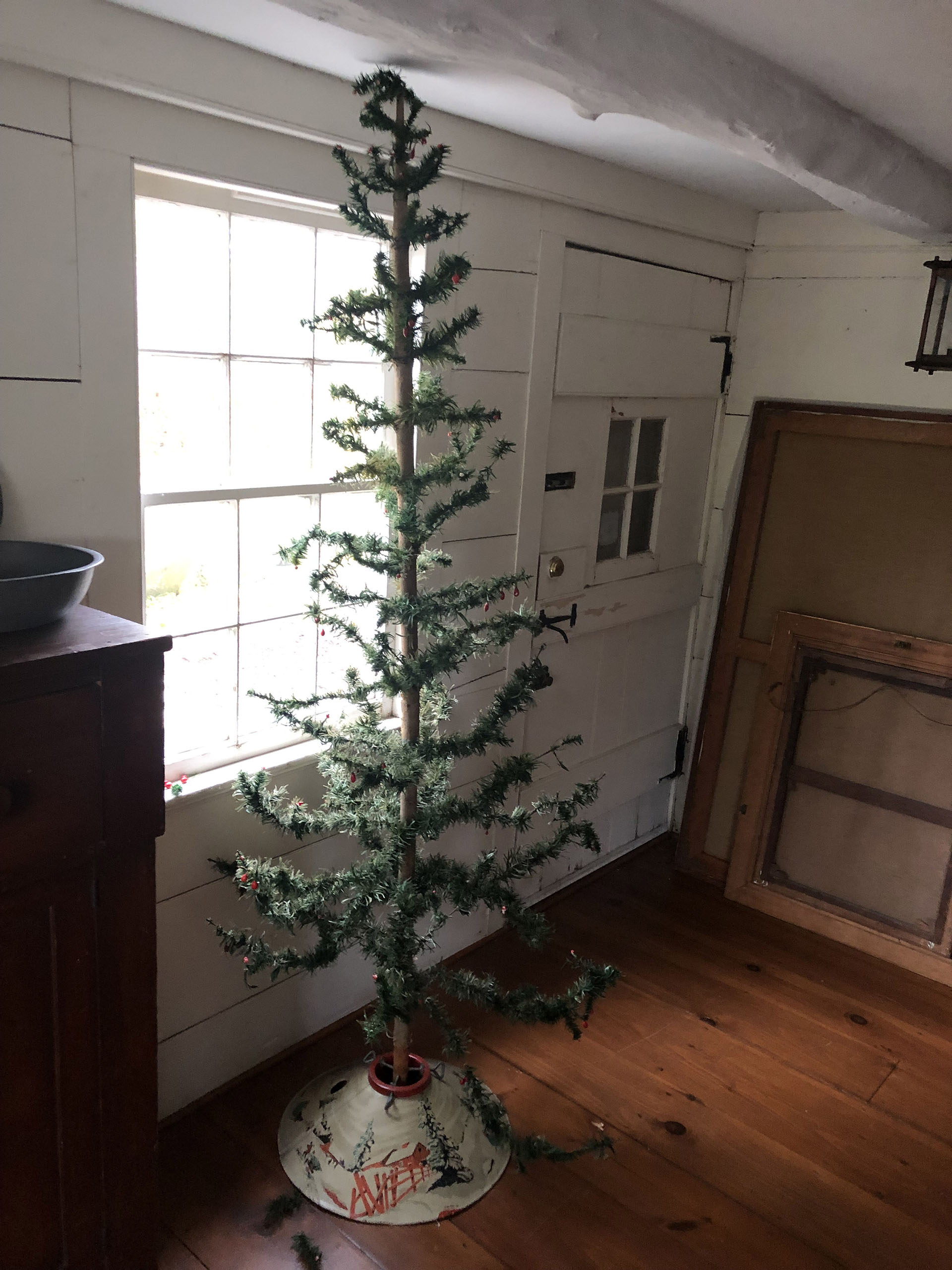A Historical Look At Christmas


Christmas music playing in stores and TV commercials pushing holiday gift ideas like SUVs and diamond rings. Yes, November is here.
But the Christmas holiday that we have now would be unrecognizable to the Europeans who settled on the East End a couple of hundred years ago, at least according to Richard Barons, chief curator of the East Hampton Historical Society, and Georgette Case, town historian for Riverhead.
“Two hundred years ago, it wasn’t a holiday,” Barons said. “Why would a Puritan pay any attention to a holiday developed by the Pope?” he asked rhetorically. “In the diaries of the early 19th Century, December 25 is a day of work.”
Case shared an unpublished essay of hers on the holidays. She wrote, “Records of the Riverhead Savings Bank showed new accounts being opened on December 25, 1875. It was business as usual. Sally Hallock of Flanders, James M. Edwards, a farmer, and William H. Corwin, a schoolboy of 17, both of Upper Aquebogue, all visited the bank and opened new accounts on Christmas Day.”

However, Barons said, New Year’s Day was quite different. That was the day that people celebrated. “It was more of a secular holiday,” he said. The East End, he said, was heavily influenced by the early Dutch settlers in New Amsterdam, now known as New York City. They would go from house to house, perhaps drinking some grog at one, then eating some ginger cake at another.
Even as late as the early 20th Century, post cards with New Year’s Day greetings were almost as common as those celebrating Christmas. Barons credits Charles Dickens as essentially inventing Christmas. Dickens’s first Christmas story, “A Christmas Carol, in Prose: Being a Ghost Story of Christmas,” was first published on December 19, 1843. It sold out immediately, according to the New York Library website, which has a collection of all five of the Christmas and New Year’s-themed books Dickens wrote through 1848.
After that, his Christmas stories appeared in “Household Words,” a magazine he began publishing in 1850.
Another literary work, in this case a poem, that helped create the Christmas we know today predates Dickens. Clement Clarke Moore’s “Visit from St. Nicholas,” better known as “The Night Before Christmas,” was written originally as a poem for his family in 1822, and first published in a periodical in 1823. It gave us the Santa Claus we are all familiar with today.
t.e@indyeastend.com



